Food combining is a theory of food mixing when eating a meal. The concept is based on the claim that different foods groups digest at different rates and have different transit times in the GI tract and therefore food grouping is beneficial for digestion.
So let’s dive in and discuss the most common rules of combining foods, what food combinations to avoid, who can benefit from these food pairings and possible benefits.
I will also provide below a food combining chart for a quick reference in case you need it.
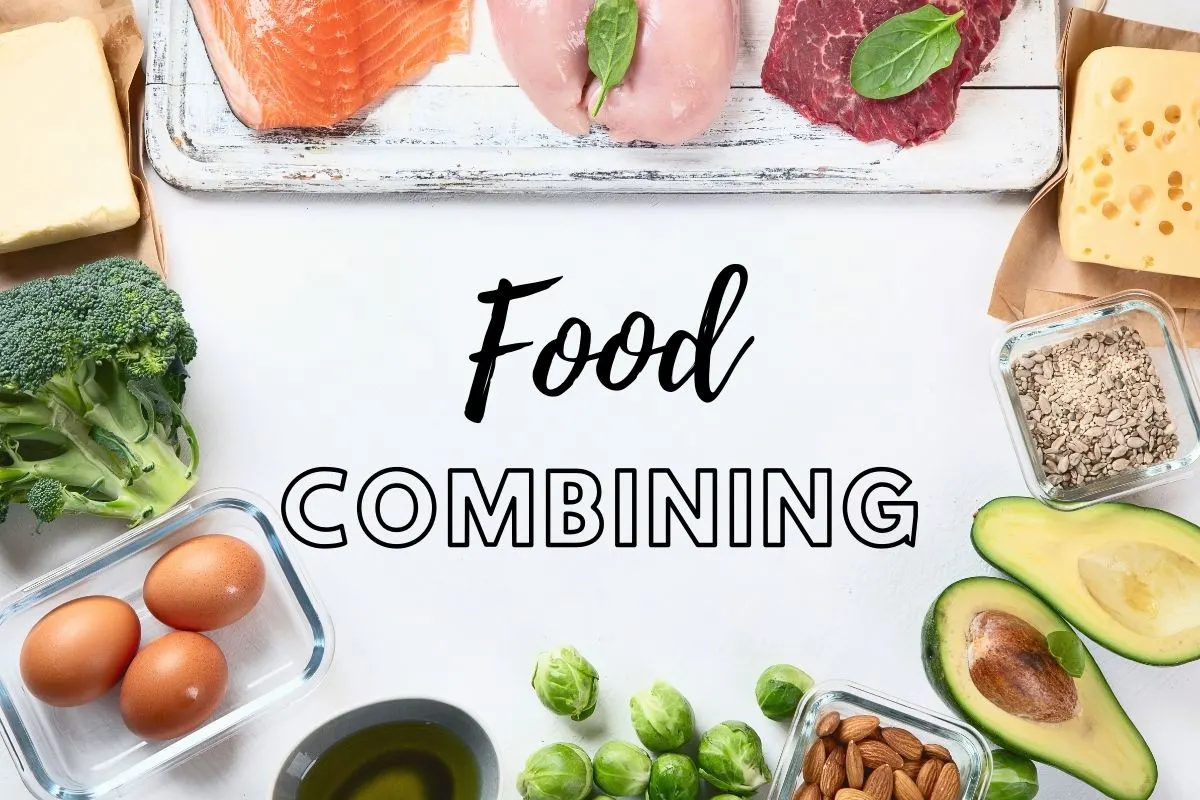
Related: Immune Boosting Tonic
An Overview Of Combining Foods
The food combination rules have their roots in Ayurvedic practice, and advocates that certain foods should be eaten on their own or paired with others.
Those who claim that food combining is a fad diet will argue that there’s no point in separating food categories in a meal because whole foods always contain some combination of carbs, protein, and fat.
For example, vegetables and grains being carb-containing foods, also contain several grams of protein and sugar. Therefore, because many foods contain a combination of carbs, fat, protein and sugar, your digestive tract is fully equipped for food mixing in a meal.
Even so, this is quite subjective, whereas the digestive capacity depends on many factors such as, the quantity consumed as well as macronutrient ratio, and your general gut health. The problem mostly occurs when people (especially in U.S) are having massively portioned dinners followed by dessert, fruits and a drink, just in one sitting.
Large quantities paired with digestive disfunctions and reduced microbial diversity in the intestines can actually lead to prolonged fermentation, which in turn was associated with gut health impairment and chronic inflammation.
Even though there’s lack of studies showing principles of food combining in action, there are many evidence-based food combinations that can improve the digestion and absorption of certain foods.
The right food combinations can indeed work synergistically. Such examples are raspberries and chocolate that show a better synergistic effect for their antioxidant capacity; whereas boiled eggs paired with a salad of tomatoes, carrots and leafy greens can increase absorption of carotenoids 3–9-fold, due to fat from eggs.
Also the absorption of calcium from plant-based sources, such as leafy greens is facilitated when combined with vitamin D rich foods such as fatty fish, liver and dairy.
However, little is known about the combinations of different food groups, in terms of macronutrients, when consumed simultaneously.
Related: 14 Habits To Improve Immune System Against Allergies
Who Can Benefits From Food Combining
- Those with digestive “issues” like gas, bloating, acid reflux, undigested food in your stool;
- People with gastroparesis (when food stays in the stomach too long and ferment);
- Individuals with skin issues and breakouts (acne, eczema, and psoriasis, are external symptoms of an underlying internal problem);
- When low on digestive enzymes with nutrient deficiencies and fatigue;
- You have food intolerances and allergies (dairy, gluten, or other);
- Diseases of the pancreas including chronic pancreatitis and cancer.
Related: Choosing The Healthiest Cookware With Safest Materials
Combining Foods Is Great For Weight Loss
The real goal behind food combining is to reduce the work for your digestive system by only giving it a few foods to digest at a time. That doesn’t mean that certain aspects of food combining are off the table. It’s more about the order in which you eat your food.
Proponents of food combining rules also believe that digestion might be improved by eating this way because in the long run, you’re eating less food in a sitting and helps you feel fuller. This is also why it might be effective for weight loss.
Actually, there are many studies that have shown that food variety (multiple foods and/or sensory characteristics within a meal) increases intake, meaning it can lead to overeating.
Furthermore, according to a 2019 study the consumption of fruit before a meal helped with suppressing appetite and prolonging satiety as compared to consumption of fruit after a meal. Hence, it could potentially help in weight regulation as well.
Related: How To Choose Clean Supplements: Quality Check Tips
Food Combination Rules
Even if you think you’re eating a decent clean diet, there’s a probability that your body can’t absorb the necessary nutrients from food, especially when you deal with health issues described above. Your body is too busy with inflammation at this point.
Given that we’re all different, we all digest and assimilate nutrients differently, don’t dismiss it until you try it: Food combining might be worth a try.
Here are the 5 main food combination rules:
1. Don’t Consume Starches and Protein Together
Proteins include any meat, but also nuts, seeds, and beans and shouldn’t be combined with with starchy foods like bread, rice, squash, or grains.
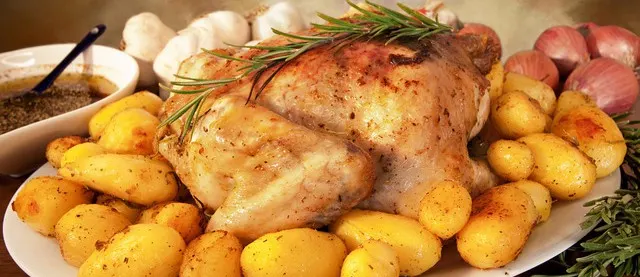
Overall a healthy person can mix these food groups without a problem, however immuno-compromised people and those with this enzyme deficiency or low stomach acid, cannot digest these food groups properly. If you eat protein and starchy foods together (a typical example is meat with potatoes), it requires your stomach acid to work harder.
They also have difficulty eliminating harmful ingested microorganisms which in turn can lead to small intestinal bacterial overgrowth (SIBO). The addition of carbohydrates is also a major contributor to SIBO. Excessive intestinal gas, bloating, abdominal pain, and diarrhea are common presenting symptoms.
Researchers also found in a study that eating protein and vegetables before carbohydrates leads to lower post-meal glucose and insulin levels in obese patients with type 2 diabetes.
If you’re having high protein items such as eggs, cheese or meat, try to have them combined with non-starchy vegetables.
2. Eat Fruits Before Meals Or 2 Hours After
Eating the fruit before a meal can have much more beneficial effects on your health, than after a meal. Those who want to lose weight, eating fruit before a meal may make a person feel fuller and therefore make them less likely to overeat during or after their meal.
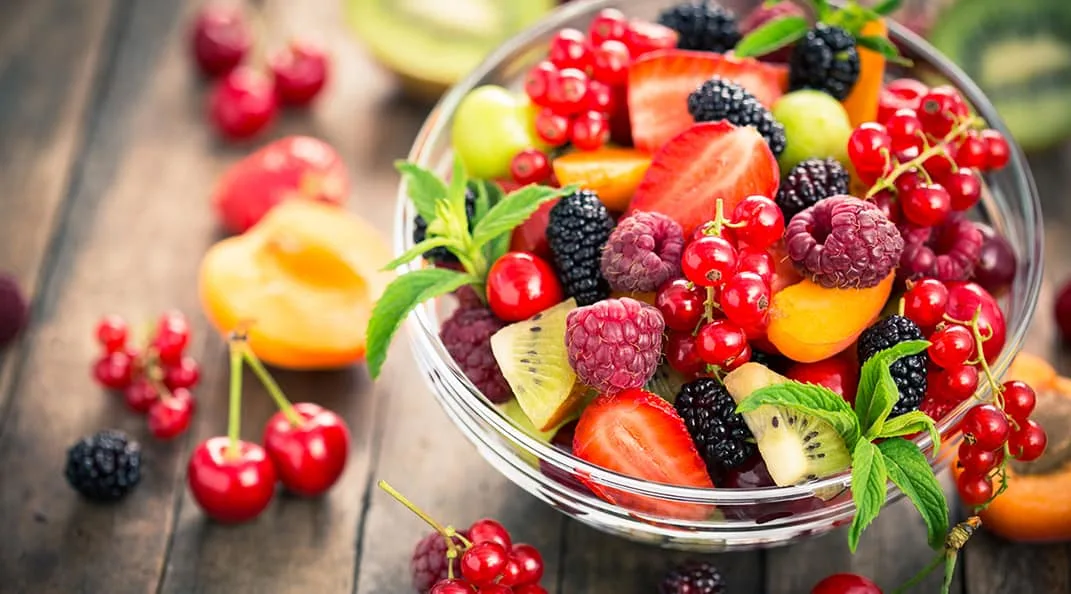
The best time to eat fruits is 30 minutes or up to 1 hour before a meal or two hours after. If taken with a meal, they may increase the time of stomach emptying and may not be digested and absorbed properly.
Also note that, fruits should be avoided before bed time as the increased sugar level in blood will spike up your energy and will keep you awake and alert for a while.
3. Eat Melons Separately
Melons like honeydew, cantaloupe, and watermelon have a very high water content and are one of the easiest and quickest foods to digest. Due to sugar and carbohydrate contents, melons are categorized as low-sugar fruit and release sugar slowly.
Combining them with other slow-digesting fruits might slow down it’s transit. It will likely not cause a problem in someone with strong digestion, but sensitive people might notice the difference. Give it a try, and see for yourself.

4. Don’t Combine Two Proteins From Different Sources In One Meal
Do not eat nuts, eggs, cheese, milk and meat together, or combine two types of meat like fish and chicken in one meal. This means that a breakfast of scrambled eggs and bacon is not a very good idea. It will take double the time to digest.
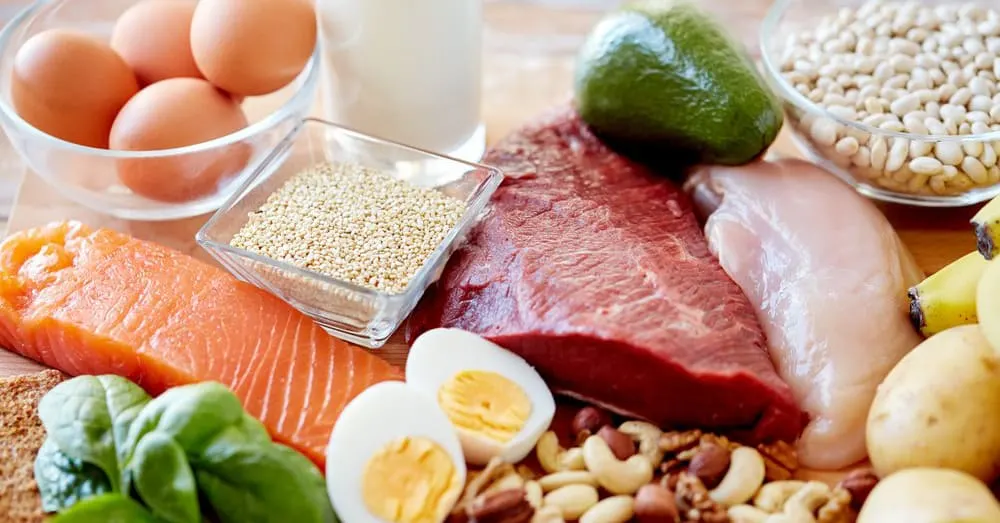
5. Do Not Drink During A Meal
It is recommended drinking water/ infused water or liquid in general, a half hour before meals and up to an hour after meals. If you absolutely must, take small sips only to wash down food. Especially avoid cold or iced drinks.

Related: Cucumber Lemon Ginger Water Benefits + Recipe
The effect of drinking water while eating is that it takes up space in your stomach. This could contribute to a feeling of fullness before getting the nutrients you need, and not having enough space for the food. Plus this will likely make you feel hungry again sooner.
This rule also applies to fresh juices, if they are intended for therapeutic purposes. These are best consumed before a meal for faster and better nutrient absorption.
Related: Best Beetroot Juice Blend For Maximum Benefits
There are also claims that drinking water while eating can affect your digestion by diluting the acid and digestive enzymes your digestive tract uses to break down food. But these affirmations haven’t actually been studied.
Combining Foods FAQs
Facilitates weight-loss, increases the digestive capacity, satiety levels and decreases stomach discomfort.
Fruits digest quicker and have more sugar content which is something that can hinder the digestive process of vegetables.
Examples of bad food combinations are: bread and fruits, pasta and meat, potatoes and meat, burger with fries, fruit with main meals, drinks with meals, multiple protein sources like fish and steak. See more info in the food combining chart below.
FOOD COMBINING CHART
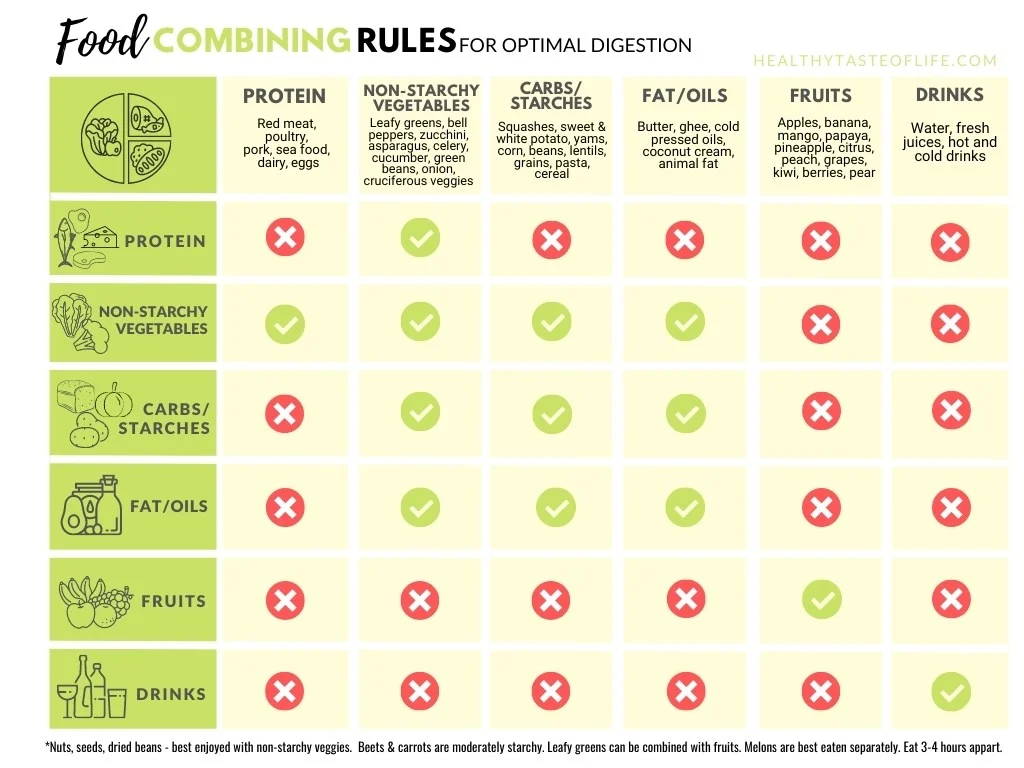
Digestion Times of Foods
Knowing the digestion times and planning your meals accordingly can really help in alleviating problems of digestion.
Simple carbohydrates, such as plain rice, pasta or simple sugars, average between 30 and 60 minutes in the stomach. But if you pair your piece of bread with a thick layer of peanut butter, or layer it with avocado and eggs, it can take upwards of between two to four hours to leave your stomach. Throw in a piece of meat and it’s even longer – up to 2 hours. But the entire digestive process can take several hours.
Fix The Root Cause Of The Problem
There’s obviously lots of different ways to increase digestive function, but most specialists agree that some people need a bit of a digestion assist, by taking good quality enzymes and HCl supplements (for those with low stomach acid), and then just making sure you’re choosing quality food and doing the right food pairing, slowly paying attention to what you’re eating and not watching a screen, and also limiting fluids at a meal. Adding fermented food with your meals is probably another good idea. For most people it can make a big difference.
If you’re still having some problems, it’s a good idea to probably get your gut bacteria checked. So see if you have any degree of dysbiosis or food sensitivities, which can cause gas and bloating for a lot of people.
To wrap it up, use your judgement and experience and see for yourself if the food combination works for you personally. If you’re liking what you’re doing and food mixing principles are working for you, by all means, keep doing it.
Recipes With Food Combining Rules Applied:
- Cabbage Fritters (Fried or Baked)
- Avocado Kale Salad With Egg
- Roasted Brussels Sprouts And Asparagus With A Tangy Sauce
- Beetroot And Carrot Salad With Creamy Dressing
- Creamy Whole30 Coleslaw (No Mayo, Keto, Vegan, Low Carb)
- Russian Beet Salad With Sauerkraut (Vinaigrette)
- Fermented Carrot Salad
- Creamy Vegan Broccoli Soup In 25 min (GF)
- Gluten Free Swedish Meatballs + Dairy Free Sauce
- Tigernut Granola (Paleo, Nut Free, Gluten Free)
- Dairy Free Smoothies For Breakfast
- Healthy Plant Based Smoothies – Dairy Free
- 4 Anti-Inflammatory Green Smoothie Recipes
You Might Also Like
Disclaimer: The information, including but not limited to, text, graphics, images and other material contained on this website are for informational purposes only and should not be considered to be a specific diagnosis or treatment plan for any individual situation. Seek the direct advice of your own doctor if you have any questions or issues. Please refer to my full disclaimer for more info.

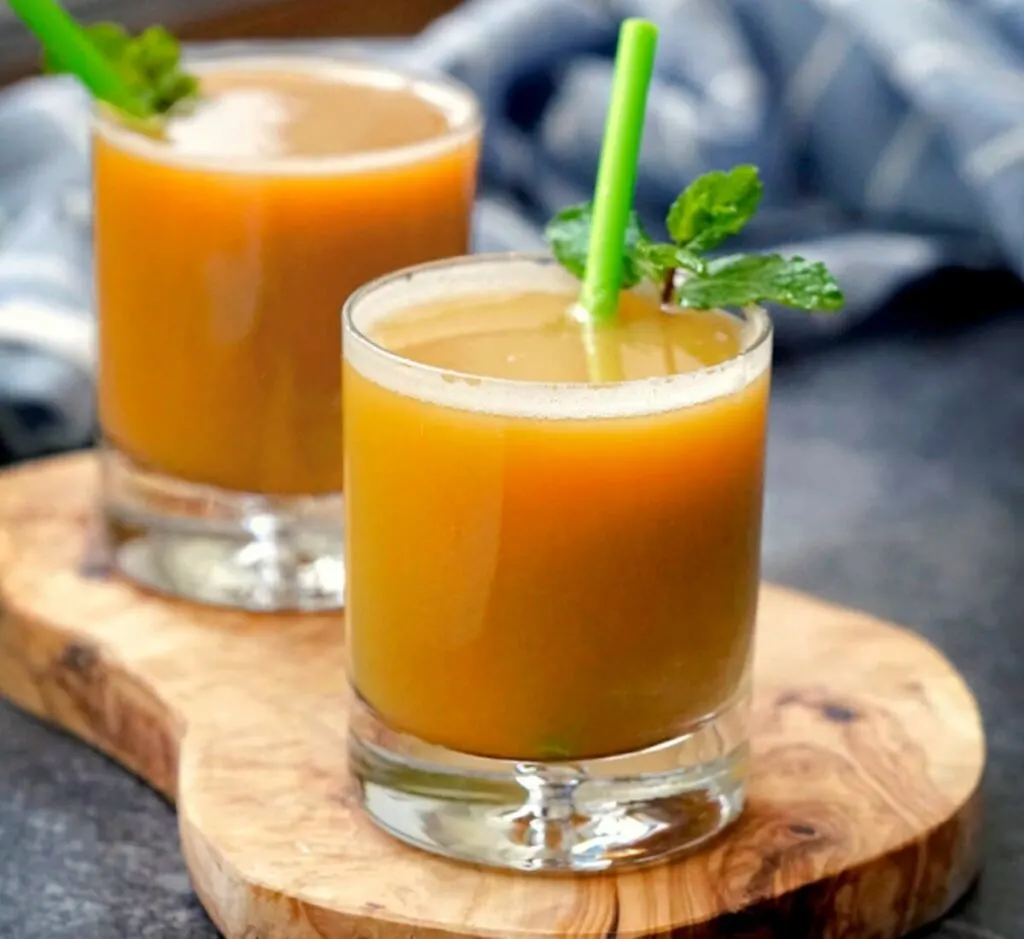



HolisticSoulHealings
Saturday 28th of May 2022
This was super helpful. I love discovering foods that are good for your gut especially after having issues with my gut. Thank you for sharing :)